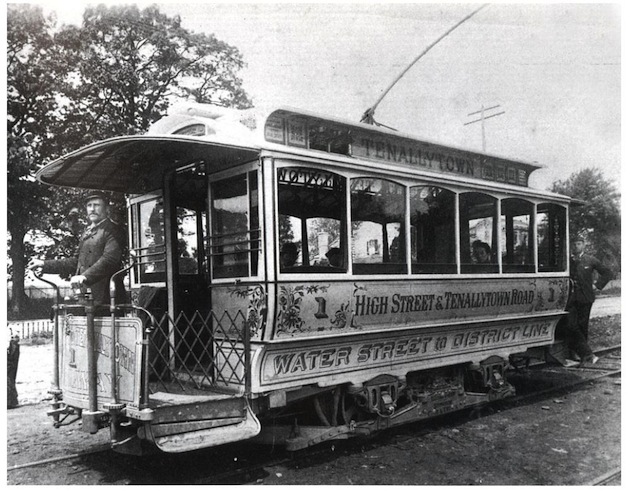A Brief History of Glover Park,
And the adjacent neighborhoods,
Cathedral Heights and Burleith,
And of the
Estates and Farms
of what was formerly known as
Georgetown Heights
With notes on
Prehistory, Land Tracts, Settlement, Occupations
Slavery, Civil War and Emancipation
And on former institutions, such as the
Georgetown Poor House, the Colored Home, and the Industrial Home School
And the history of Holy Rood Cemetery and the people buried there,
such as
Joseph Nevitt, Henrietta Steptoe, and Susan Decatur
And notes on
Family History
and
Oral History and Reminiscences
Photographs and Maps
Introduction
A comparison of old and new maps shows that the city of Georgetown formerly reached as far north as what is now the Russian Embassy, and that the surrounding area, once known as Georgetown Heights, was still primarily agricultural.
The earliest institution of the neighborhood was the Georgetown Poorhouse, which stood just east of what is now Guy Mason Recreation Center, and was in operation from 1832 to 1875; after which it became the Industrial Home School, which closed in 1954.

The oldest surviving institution is Holy Rood Cemetery, which also dates to 1832. The last resting place for seven thousand white and black Catholics of Georgetown, Holy Rood includes the best-documented slave burial ground in the District of Columbia, and the grave of Joseph Nevitt, a Minuteman of the American Revolution.
During the Civil War the Signal Corps trained on the heights overlooking Georgetown; Northern women founded the Colored Home and the Industrial Home School; and the earliest known photographs of the neighborhood were taken.

Images of the military activity on the heights overlooking Georgetown reveal the open look of the land in the 19th century, when the neighborhood was dominated by the operations of a syndicate of master butchers, the suppliers of meat to the markets of Georgetown and of Washington City, who accumulated most of the land that was to become Glover Park.
After the Civil War the butcher’s syndicate of Georgetown had to adjust to changes in their industry. As more livestock was arriving, by rail, on the other side of the city, the cattle market, stock pens, and slaughterhouses on this side of the city became increasingly irrelevant. At the same time, suburban land tracts on the periphery of the former cities of Washington and Georgetown, formerly devoted to agricultural use, were beginning to be developed for residential use. The butchers owned a considerable amount of open land at the northern end of Georgetown, and its increased value, once they ceased conducting their operations on it, and freed it for other use, was obvious to them.
Joseph Weaver, Jacob H. Kengla, and Benjamin F. Hunt, who were among the most prosperous of the Georgetown butchers, took steps to enhance the residential potential of their real estate by incorporating a streetcar line between Georgetown and Tenleytown.
Much of the present neighborhood was acquired in 1907 from the estate of Henry Kengla by the banker Charles Carroll Glover. The earliest advertisements to use the name Glover Park were placed in 1926.
This project has been generously supported by District of Columbia Advisory Neighborhood Commission 3B.
My thanks to Commissioners Brian Cohen and Mary C. Young, and to Danna McCormick, of DLM Web Development.
I have benefitted from the generosity of many historians, and am indebted to the patience and resourcefulness of many archivists and reference librarians, and in particular, to those of the Washingtoniana Division of Martin Luther King Library.
This work is dedicated to the memory of Robert W. Lyle (1922-1996) of the Peabody Room of the Georgetown Branch Library, who first guided me to the records of the part of Georgetown that is now in Glover Park.
Carlton Fletcher






